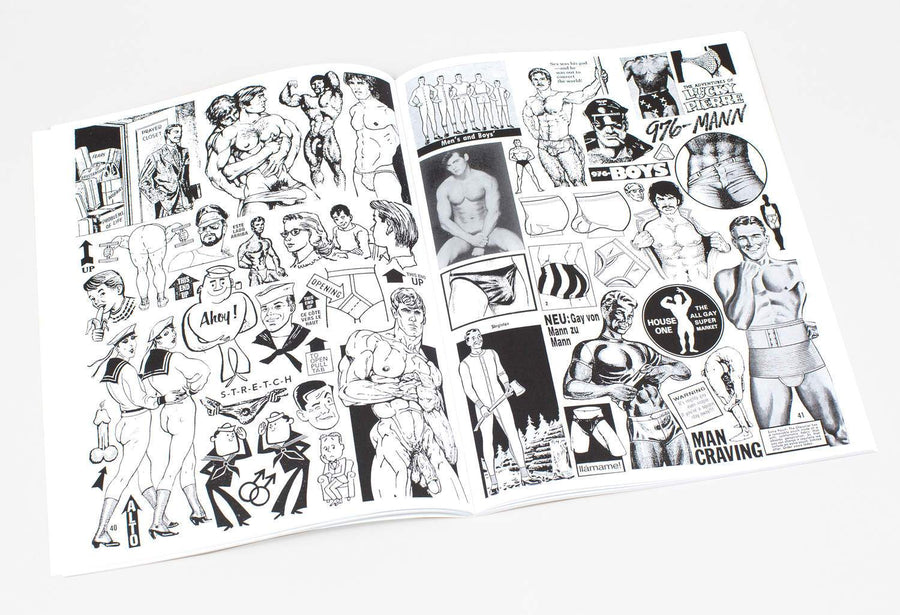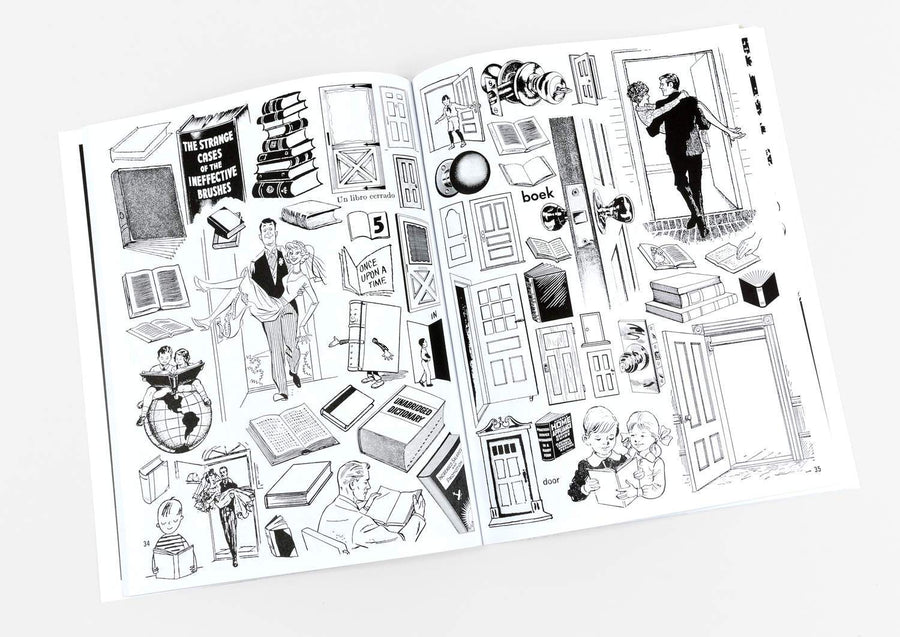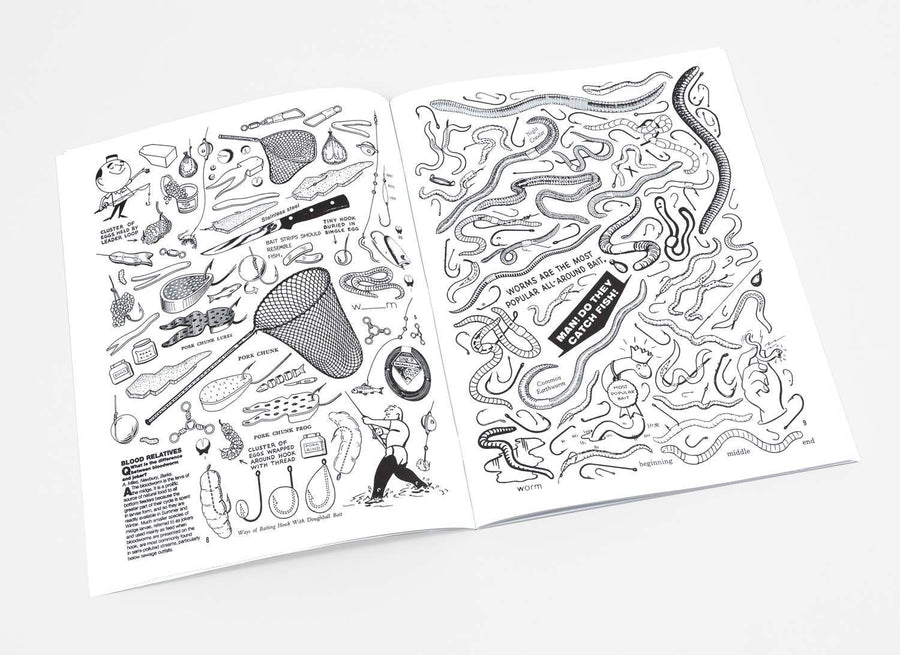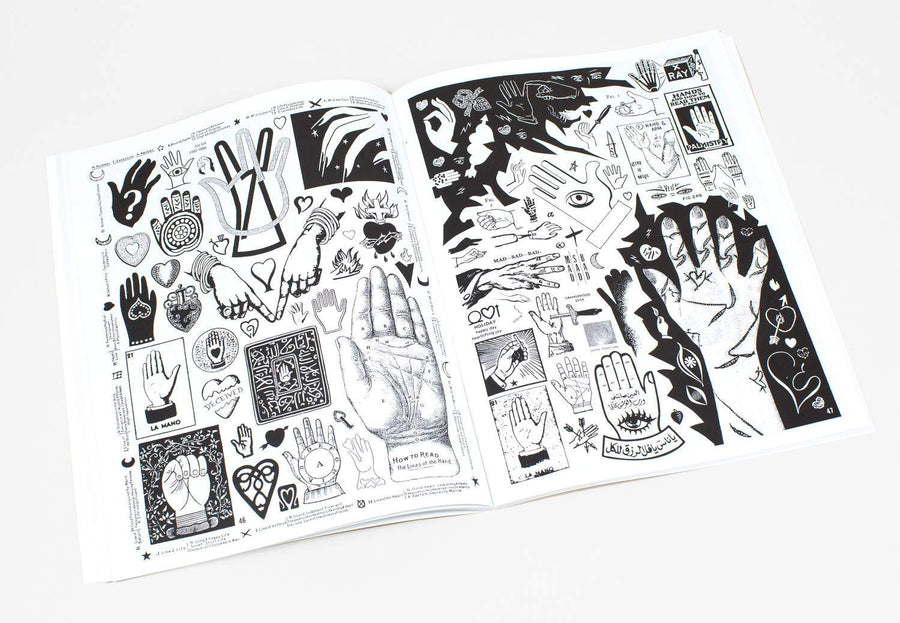The canine 'test pilots' launched into space in the 1950s played a crucial part in the Soviet Space programme. As the animals began orbiting the planet on missions of vital technological importance, back on Earth images of the 'Space Dogs' proliferated, reproduced on everyday goods across the Soviet Union. This book uses these unique items to illustrate the story (in fact and fiction) of how they became fairy-tale heroines.
Review Quotes:
[A] brilliant book.--Sydney Parker "Broadly.com"
Review Quotes:
Without really trying, it's alternately enlightening, reaffirming, heartbreaking, and inspiring.--Amy Fernandez "The Canine Chronicle"
Review Quotes:
A new book -- Soviet Space Dogs -- published this month by FUEL collects 350 illustrations of these Russian canines as they were canonized as symbols of the Space Race. Edited by Damon Murray and Stephen Sorrell, with text by Olesya Turkina, the book examines how the mutts were turned from unwitting test subjects into popular heroes.--Allison Meier "Hyperallergic"
Review Quotes:
The book, an Aladdin's cave of eye-batting oddments and kitsch curiosities, enchants the reader with some 350 archival photos and images of arcane ephemera. In her Technicolor tour of space-age propaganda and pop culture, Turkina shows just how deeply Laika dug herself into the Soviet imagination.--Tolan Rory "LA Review of Books"
Review Quotes:
Damon Murray, co-founder of FUEL Design and Publishing in London, came up with the idea to put a book together about the true story of these early space explorers. He collected the images; commissioned Dr. Olesya Turkina, a senior research fellow at the Russian Museum, to write the text; and edited, designed, and published the book with his business partner Stephen Sorrell. The resulting Soviet Space Dogs is a gorgeous work of art, containing adorable image after adorable image of the strays recruited against their will to pave the way for the first man is space, Russian cosmonaut Yuri Gagarin, who orbited the Earth in 1961.--Lisa Hix "Collectors Weekly"
Review Quotes:
Remember the tragic tale of Laika, the first Earth-born creature to enter space? A Russian street dog, she journeyed to the moon and never returned. This book compiles the story of Laika and other dogs, and the various Soviet ephemera and graphics that were used to make these brave creatures into heroes of the state for a generation of kids. Stranger than fiction and totally brilliant.--Elisabeth Donnelly "flavorwire.com"
Review Quotes:
There are two reasons I couldn't resist this book. First, I was born on Oct. 5, 1957, one day after the Soviet Union sling-shotted the first satellite, Sputnik, into space. So I'm a true space age baby who grew up obsessed with the Cold War grudge match to reach the moon. Second, I was a kid during the golden age of the half-hour dog drama: television series like "Lassie," "The Adventures of Rin Tin Tin" and "The Littlest Hobo." If there had been a show called "Space Dogs," I would have been planted in front of the screen, tongue contentedly lolling.--Dana Jennings "The New York Times"
Review Quotes:
To this day, the images of the Soviet space dogs have lost none of their aesthetic impact. "It's a weird combination of ideology and dogs," says Murray.--Jake Wallis Simons "CNN Style"
Publisher Marketing:
Celebrating the dogs that conquered the final frontier, in ephemera and collectibles
This book is dedicated to the Soviet Space Dogs, who played a crucial part in the Soviet Space program. These homeless dogs, plucked from the streets of Moscow, were selected because they fitted the program's criteria: weighing no more than 15 pounds, measuring no more than 14 inches in length, robust, photogenic and with a calm temperament. These characteristics enabled the dogs to withstand the extensive training that was needed to prepare them for suborbital, then for orbital, space fights. On 3 November 1957, the dog Laika was the first Earth-born creature to enter space, making her instantly famous around the world. She did not return. Her death, a few hours after launching, transformed her into a legendary symbol of sacrifice. Two further strays, Belka and Strelka, were the first beings to make it back from space, and were swiftly immortalized in children's books and cartoons. Images of the Space Dogs proliferated, reproduced on everyday goods across the Soviet Union: cigarette packets, tins of sweets, badges, stamps and postcards all bore their likenesses. Soviet Space Dogs uses these unique items to illustrate the story (in fact and fiction) of how they became fairytale idols. The first book to document these items, it contains more than 350 images, almost all of which are previously unpublished, and many of which have never been seen before outside Russia. The rich and varied ephemera (from cigarette packets to sweet wrappers and children's toys) of Soviet graphics will have immense appeal to the art and design market, as well as appealing to dog-lovers everywhere.













